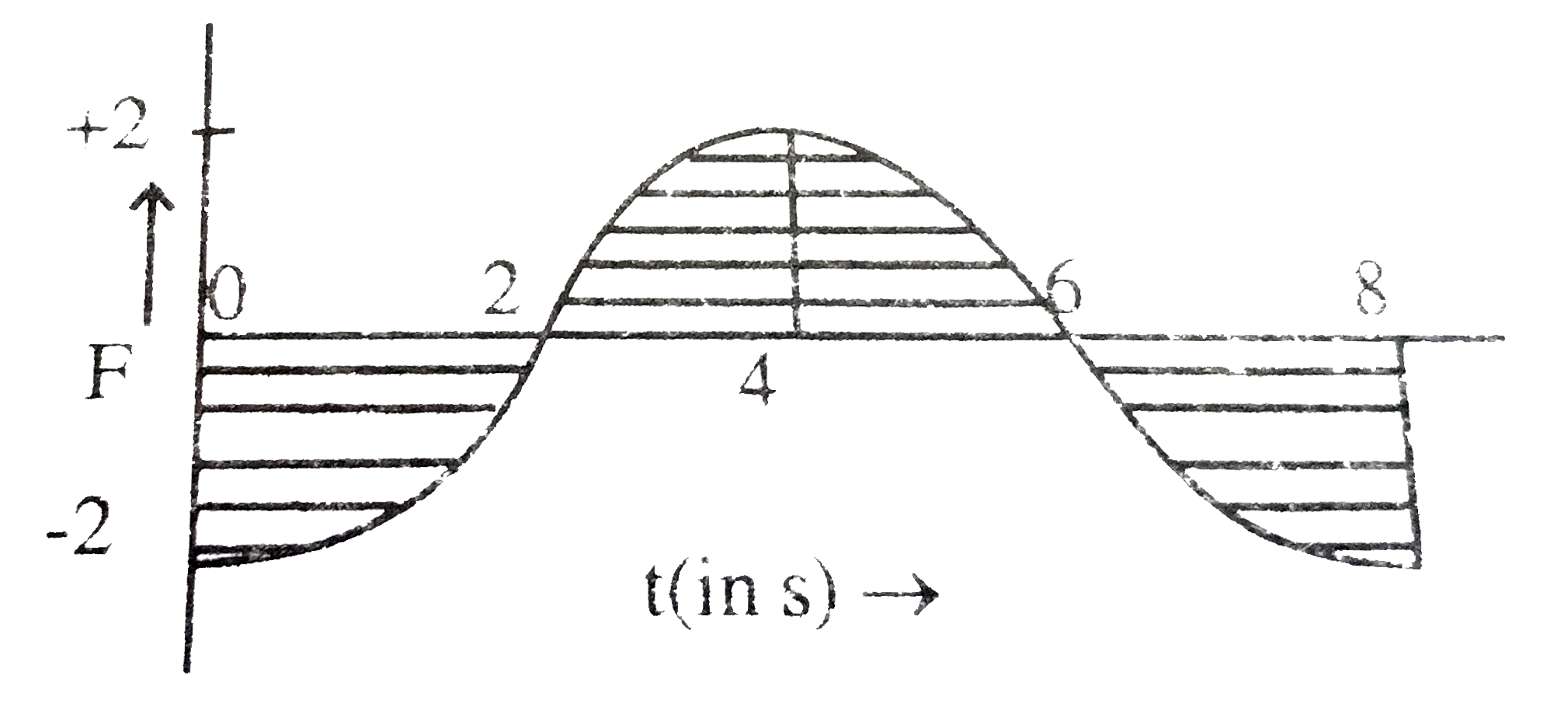For a given change in linear momentum when time of impact increases force .
decreases
increases
remains same
none of the above
The correct Answer is:A
To solve the problem, we need to analyze the relationship between force, time, and change in linear momentum. Here’s a step-by-step solution:
Step 1: Understand the relationship between force, time, and momentum
The impulse experienced by an object is equal to the change in its momentum. Mathematically, this can be expressed as:
Impulse=Force×Time=Δp
where Δp is the change in momentum.
Step 2: Rearranging the equation
From the impulse-momentum theorem, we can rearrange the equation to express force:
Force=ΔpTime
Step 3: Analyze the effect of time on force
In this scenario, we are given that the change in linear momentum Δp is constant. This means that the numerator in our force equation remains unchanged.
Step 4: Consider the impact of increasing time
If the time of impact increases while keeping Δp constant, we can substitute this into our force equation:
Force=ΔpTime
As the time increases, the denominator increases. Since the numerator is constant, an increase in the denominator will result in a decrease in the overall value of force.
Step 5: Conclusion
Therefore, when the time of impact increases, the force must decrease in order to keep the change in momentum constant.
Final Answer
The force decreases.
The impulse experienced by an object is equal to the change in its momentum. Mathematically, this can be expressed as:
Impulse=Force×Time=Δp
where Δp is the change in momentum.
From the impulse-momentum theorem, we can rearrange the equation to express force:
Force=ΔpTime
In this scenario, we are given that the change in linear momentum Δp is constant. This means that the numerator in our force equation remains unchanged.
If the time of impact increases while keeping Δp constant, we can substitute this into our force equation:
Force=ΔpTime
As the time increases, the denominator increases. Since the numerator is constant, an increase in the denominator will result in a decrease in the overall value of force.
Therefore, when the time of impact increases, the force must decrease in order to keep the change in momentum constant.
The force decreases.
Topper's Solved these Questions
- LAWS OF MOTIONBOOK - PRADEEPCHAPTER - LAWS OF MOTIONEXERCISE - Fill in the blanks
20 Videos
- LAWS OF MOTIONBOOK - PRADEEPCHAPTER - LAWS OF MOTIONEXERCISE - Problems for practice
112 Videos
- LAWS OF MOTIONBOOK - PRADEEPCHAPTER - LAWS OF MOTIONEXERCISE - Value Based Questions with Answers
5 Videos
- KINEMATICSBOOK - PRADEEPCHAPTER - KINEMATICSEXERCISE - 1 NCERT Comprehension
4 Videos
- MATHEMATICAL TOOLSBOOK - PRADEEPCHAPTER - MATHEMATICAL TOOLSEXERCISE - Fill in the blanks
5 Videos
Similar Questions
Impulse of a force is a measure of total effect of the force It is given by the product of everage force and the time for which the force acts on the body . Impulse of a force is measured by the total change in linear momentum produed during impact Impulse →I=→Favg×t=→p2−→p1 A given change in linear momentum can be produced by applying a larger force for a shorter time or by applying a smaller force for a longer time Read the above passage and answer the following questions
(i) What is the function of shockers in autos
(ii) What values of life do you learn from this study ?
View SolutionThe force acting on a particle of mass 20 kg is indicated by force - time graph as shown in figure. The magnitude of change in linear momentum of particle during time interval 0 to 6 second is

View Solution
Knowledge Check
The change in momentum per unit time of a body represents
AimpulseBforceCkinetic energyDresultant forceThe change in momentum per unit time of body represents .
AimpulseBforceCkinetic energyDresultant forceAssertion : Internal forces acting on the system cannot change linear momentum of the system .
Reason : Internal forces can change kinetic energy of the system.AIf both assertion and reason are corret and reason is a correct explanation of the assertion .BIf both assertion and reason are correct but reason is ot the correct explanation of assertion .CIf assertion is correct but reason is incorrect .DIf both assertion and reason are incorrect .
Statement 1: Two particle have same linear momentum, wavelength of both particle will be same
Statement 2: If wavelength of particle increase then energy and linear momentum also increases
View SolutionAngular momentum of the system of particles changes when
View SolutionAssertion: Internal forces cannot change linear momentum.
Reason: Internal forces can change the kinetic energy of a system.
View SolutionA particle with linear momentum of magnitude P is subjected to a force F=Kt(K>0) which is directed along the direction of initial momentum. The time after which its linear momentum changes to 3P is
View SolutionA force-time graph for the motion of a body is shown in fig. change in linear momentum between 0 and 8 s is:-

View Solution
